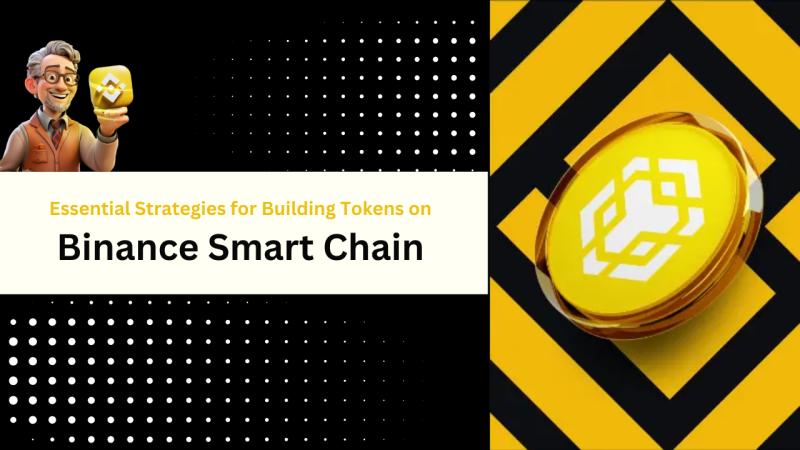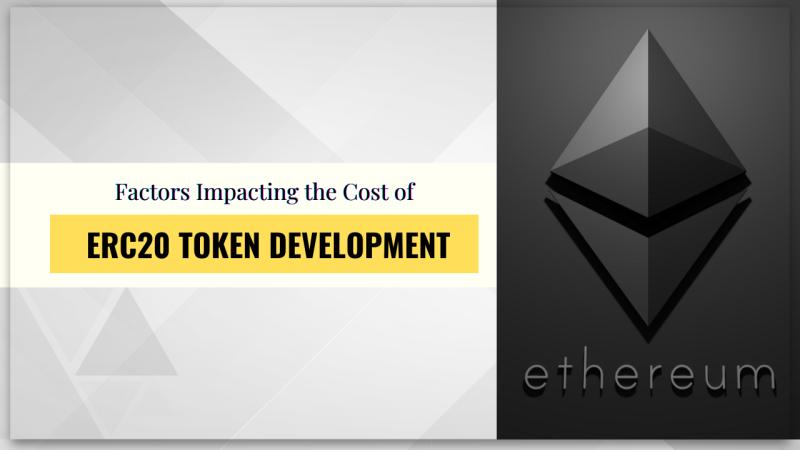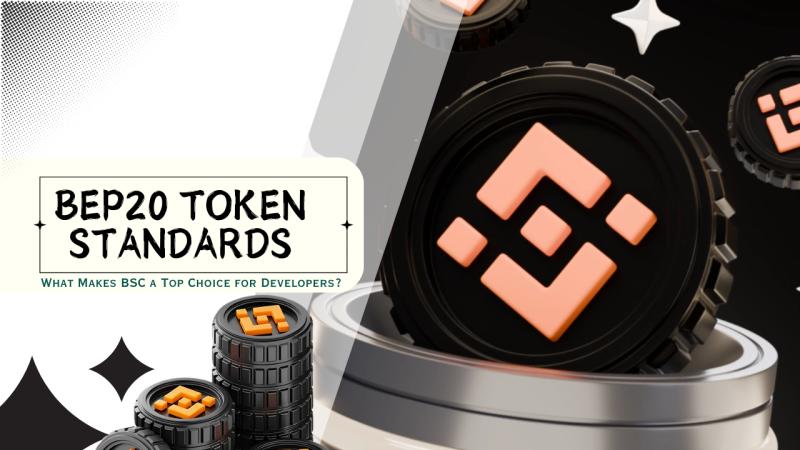Essential Strategies for Building Tokens on Binance Smart Chain

The Binance Smart Chain (BSC) has emerged as a prominent platform for developers looking to create decentralized applications (dApps) and launch tokens. Its low transaction fees, fast block times, and compatibility with the Ethereum Virtual Machine (EVM) make it an attractive choice for developers and entrepreneurs alike. Whether you’re a startup launching your first token or an experienced developer enhancing your blockchain project, understanding essential strategies is crucial for success. Here’s a comprehensive guide to help you navigate the process of building tokens on BSC.
1. Understand the BSC Environment
Before diving into development, it’s vital to understand what makes Binance Smart Chain unique. BSC runs parallel to Binance Chain and supports smart contracts, allowing developers to create dApps with low-latency and high-speed transactions. It’s also EVM-compatible, so Ethereum-based projects can be ported over with minimal changes.
Key considerations include:
Consensus Mechanism: BSC uses Proof of Staked Authority (PoSA), which combines delegated Proof of Stake (DPoS) and Proof of Authority (PoA), allowing for shorter block times and lower fees.
Community and Ecosystem: BSC’s growing ecosystem includes decentralized exchanges (DEXs), lending platforms, and a host of other dApps, creating a supportive environment for token projects.
2. Define Your Token’s Purpose and Specifications
A token without a well-defined purpose risks losing traction soon after its launch. Clearly outline what your token is meant to accomplish. Is it a utility token, governance token, or a token meant for fundraising (e.g., ICO or IDO)?
Key parameters to decide:
Token Name and Symbol: Choose a name and symbol that resonate with your brand and mission.
Total Supply: Determine the total number of tokens that will ever exist and decide if your token supply will be capped or adjustable.
Decimals: This defines the divisibility of your token. Most tokens use 18 decimal places, following the ERC-20 standard.
3. Choose the Right Token Standard
Binance Smart Chain supports various token standards, with BEP20 being the most commonly used. BEP20 is similar to Ethereum’s ERC-20, providing seamless interoperability across different dApps.
Token Standards:
BEP20: Offers basic functionality such as transfer, balance check, and token approvals. It’s flexible and widely supported across BSC-based platforms.
BEP721 or BEP1155: If you plan to create non-fungible tokens (NFTs), these standards are more appropriate for unique or batch-based tokenization.
4. Smart Contract Development and Security
The backbone of any token is its smart contract. Writing secure and efficient code is paramount to prevent vulnerabilities that hackers could exploit.
Development Tips:
Use Trusted Development Tools: Use Solidity to write your contract and tools like Remix IDE or Truffle for testing and deployment.
Leverage OpenZeppelin Libraries: OpenZeppelin provides battle-tested libraries that simplify the process of creating secure contracts. These libraries include implementations for common patterns like token ownership and pausable tokens.
Test Extensively: Use tools like Hardhat or Ganache to simulate blockchain interactions and catch potential errors.
Security Practices:
Audit Your Code: Before deploying your token, invest in a thorough audit from a reputable firm. It might be costly but prevents larger financial risks.
Bug Bounty Programs: Engage the community by offering rewards for discovering vulnerabilities, creating an additional layer of security.
5. Deploy and Verify the Smart Contract
Once your contract is tested and ready, deploying on the Binance Smart Chain mainnet can be done via platforms like Remix or directly using tools like Hardhat with the appropriate configurations.
Important Steps:
Deployment: Ensure you have sufficient BNB in your wallet to cover the deployment fee.
Verification: Verify your smart contract on BscScan to increase transparency and trust with users. This process involves submitting your contract’s source code to BscScan, making it easier for others to inspect.
6. Liquidity and Exchange Listings
The one thing that we have learned is that no token is complete without liquidity or the ability to be bought and sold. The ability to trade your token and to have some presence on some of these active BSC DEXs, such as PancakeSwap.
Considerations:
Initial Liquidity: Seed liquidity pools should contain enough money not to experience ultra high volatility.
Token Pairing: You should balance your token and pair it with stablecoins such as BNB.
7. Community Building and Marketing
The performance of your token depends not only on the technical aspects of the project. It is crucial to have an audience and engage them around the longevity of the project.
Strategies:
Social Media and Partnerships: Use Twitter, Telegram or Discord for announcements or post updates combined with engaging them in discussions.
Airdrops and Rewards: Use airdrops, or similar programs that can attract the desired holders to take part in the community.
Final Thoughts
Creating a token on Binance Smart Chain is a complex process combining the technical side, commercial thinking, and public involvement. Once you determine the environment, ensure your smart contracts’ safety, and emphasize liquidity and marketing, your token will succeed.









Comments